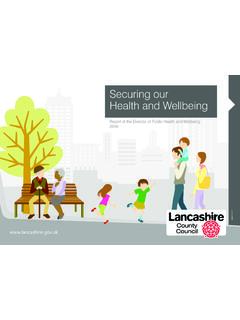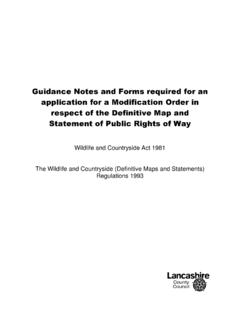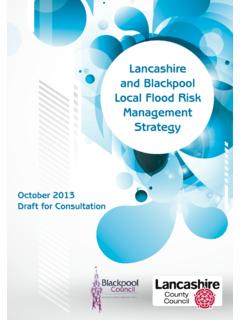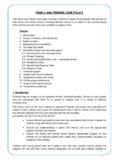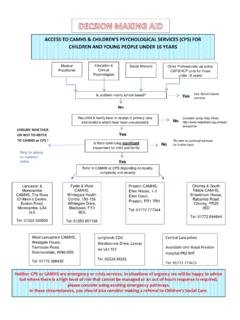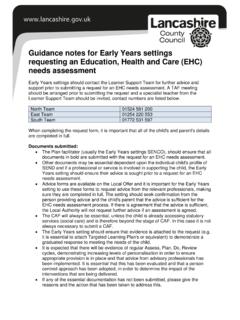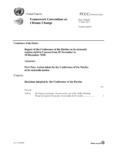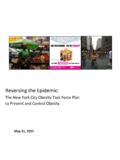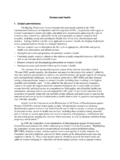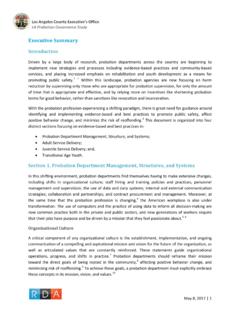Transcription of Health behaviours joint strategic needs assessment ...
1 Sexual Health behaviours Health behaviours joint strategic needs assessment literature review Donna Gadsby, JSNA research officer November 2014 1 Contents Sexual Health priorities ..2 Outcomes of teenage sexual behaviour ..2 Factors for risky sexual behaviour ..2 Other i nfluences ..4 Recommendations ..5 Adult sexual Health ..6 Conclusion ..7 References ..7 2 Introduction This short report on sexual Health behaviours completes a suite of literature review documents around the seven Health behaviours incorporated in the joint strategic needs assessment (JSNA). It complements the secondary data analysis report which can be found on the JSNA publications page with final Health behaviours report. For further information please visit our website: nsight or email Sexual Health priorities The reduction of sexually transmitted infections (STIs), pregnancy (in under-18s) and abortions (under-18s) through the promotion of safer sexual practices and increased knowledge amongst teenagers and young people have been priorities for public Health policy in the UK for a number of years.
2 Outcomes of teenage sexual behaviour These issues are important, particularly as teenage pregnancy may limit education and career/employment opportunities, whilst resulting in poorer life outcomes for teenage mothers and their In relation to STI, chlamydia trachomatis is one of the most common sexually transmitted infections in the UK. It can have far-reaching consequences for women including infertility, ectopic pregnancy and cervical The 'Unprotected Nation' report commissioned by the FPA (formerly the Family Planning Association) and the Brook sexual Health charity estimates that if current access to sexual Health services are maintained, the cumulative overall costs of unintended pregnancies and STIs in the UK between 2013-20 will be and Factors for risky sexual behaviour Evidence has shown the consistent risk factors for early pregnancy include a lower socioeconomic and educational status; areas with higher levels of deprivation tend to have higher rates of conception, with higher teenage pregnancy rates in more urban areas.
3 Teenage girls who drop out of school early, or have lower levels of education are also more likely to become Factors for risky sexual behaviours which result in an STI or pregnancy include having early sexual intercourse, having a greater number of sexual partners than the median, having sexual intercourse with someone an individual has just met, having unprotected sexual intercourse, having unprotected intercourse due to intoxication, taking a pregnancy test, and having a test for a sexually transmitted The physical and social outcomes of risky sexual behaviour tend to be more pronounced for females. These can include becoming pregnant, the loss of their reputation, or the long-term complications of a STI. For males these outcomes are 3 fewer and tend to be less stigmatising. Amongst young people there can be the perception of increased status in having numerous sexual partners (for males).
4 Young people often perceive parents and adults holding double standards with regards to their sexual behaviours male sexual activity is seen as more acceptable, whilst female sexual activity is viewed as Whilst both sexes may experience issues accessing sexual Health services such as embarrassment, or concerns over confidentiality females may feel more judged by the Health professionals and have concerns with accessing forms of contraception which they can Younger people and adolescents (aged 16-24) years are at a higher risk of contracting a sexually transmitted infection, however there is evidence to suggest that having high levels of knowledge around STIs does not necessarily result in safer sexual behaviour amongst young people. Young people often show high levels of knowledge around other risky Health behaviours and the Health consequences such as smoking, drinking, using illicit drugs and tanning, but they continue to engage in them.
5 One of the reasons may be the sense of invulnerability or perception of 'it won't happen to me', indicating that awareness and knowledge is not sufficient to encourage safer sex in young There is evidence to indicate the family is a key predictor to knowledge, attitudes, self-efficacy, and risk-taking behaviours . Involved parental control, effective communication between a parent and child, and a positive parent-child relationship has been shown to reduce risky behaviours . Young women who have an open, direct and receptive communication style with their parents are more likely to have a positive attitude and higher self-esteem, particularly with regards to their sexual behaviour. In addition, young women who feel close and connected to their parents are more likely to partake in responsible sexual The absence of a positive male role model may also affect adolescents' and young people's sexual behaviour and decision making.
6 Particularly for young women, this manifests in the way in which they interact with There is a link between the socioeconomic status of young people and their sexuality and risk behaviours . Having a higher parental income is strongly associated with not having had intercourse, whilst an intact family and higher maternal education levels can be protective factors for early intercourse and having ever had Links between delinquency, family structure (one- or two-parent families) parental socioeconomic status and education levels have also been established. Alongside low individual control, a lack of parental control is also associated with delinquency and sexual risk These are also associated with drunkenness and frequency of alcohol drinking amongst adolescents. Sexually active males who report binge drinking, smoking, violence or anabolic steroid use are more likely to have made their partner 4 Intoxication has been associated with an increased likelihood of risky sexual behaviour and young men who are drunk are more likely to engage in sexual practices such as not using a condom.
7 It has been suggested that an individual's personality characteristics, such as low impulse control, may also lead to behaviours such as drinking to excess. Excess alcohol may increase the likelihood of risky sex, whilst the desire to engage in risky sex can also result in an individual drinking more. Individuals who have been drinking are potentially more likely to have alcohol-induced disinhibition, where rational assessment of costs/benefits of certain behaviours is less An increase in the risk of chlamydia has been associated with the younger age at which women first drank alcohol, a higher number of lifetime partners and an increased amount of alcohol consumed on a heavy night of binge drinking (five or more units in one session, up to a maximum of 50 units).16 Whilst substance use (alcohol and drugs) can influence whether an individual has sex or not, other motives for sex can include using intercourse as a coping strategy, self-affirmation (for confidence), intimacy, and approval of others (friends or partners for example).
8 These issues are confounded by other factors such as carrying and using condoms, which may have a stigma for young women and girls in particular. Other issues around condom use include negotiating their use with a partner, and using them correctly. Lack of access to services, embarrassment and lack of knowledge/skill can also impact on contraception use and safe sexual behaviours . The associations between sexual Health knowledge, attitudes and accessibility of services appears unclear: improved services may not necessarily reduce conception or STI transmission Other influences Other factors which can influence sexual behaviour include parental expectations, gender roles, and religious This is important as emerging evidence suggests there is a wide difference between knowledge and behaviour of young people from differing ethnic background.
9 Certain black and minority ethnic (BME) groups are at a disproportionate risk of poor sexual Health . Although culture does play a role, other factors such as peer norms, religion, and inequalities in education and access to Health care invariably will have an impact on the sexual Health behaviours of young The table below summarises the factors linked to risky sexual behaviour. The more an individual engages in these behaviours or is exposed to the risk factors, the more likely they are to partake in unsafe sexual behaviour. 5 Table 1: Risk factors Recommendations Recommendations aimed at reducing the spread of STIs and teenage pregnancies have to take into a range of issues. There is a lack of evidence around what behavioural strategies (for example, promoting consistent condom use) are most effective.
10 The relationship between risky behaviours is complex, there are many interrelated factors and it is not always possible to simply address single risk behaviours and see a reduction in STI infection or teenage pregnancy. Sexual Health services should be sited and delivered in a way appropriate to the area for example in small or rural towns sexual Health services could be delivered alongside other services for young people, rather than having a distinct separate service. In addition, training for Health professionals (including pharmacists) should be comprehensive to ensure young people accessing sexual Health services and emergency contraception are treated with confidence and in a non-judgemental way. Having open, direct and receptive communication between young people and service providers, covering a wide range of topics, can be beneficial.
